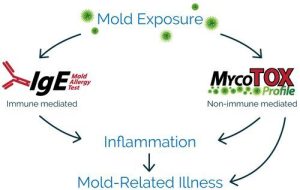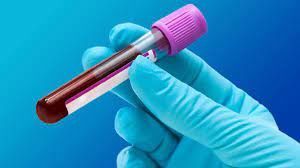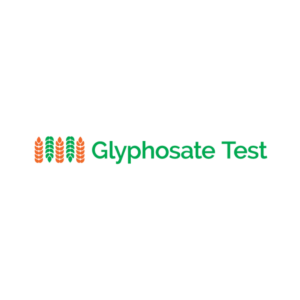Description
ADVANTAGES OF IGE MOLD ALLERGY TEST
- Identify IgE reactivity level to specific mold species.
- Connect immune responses to specific molds.
- Suggest history of mold exposure.
- Current higher reactivity or potential past lower reactivity.
- Helpful for individuals with allergies, asthma and other respiratory conditions that may be due to histamine release and other inflammatory mediators resulting from IgE reactivity or other immune reactions.
- Link IgE results with mold allergy symptoms, which include cough and postnasal drip, watery eyes, itchy eyes, nose, throat, runny or stuffy nose, or dry, scaly skin. In addition, possibly assist in identifying abnormal reactions to mold, including mold-induced asthma, allergic bronchopulmonary aspergillosis, allergic fungal sinusitis, hypersensitivity pneumonitis, and dampness and mold hypersensitivity syndrome (DMHS).
DIFFERENCE FROM MYCOTOX PROFILE AND WHY BOTH ARE BENEFICIAL
- IgE looks at the immune response to mold exposure.
- MycoTOX Profile looks at mycotoxin levels excreted from the body.
- Mold allergies and mold mycotoxin toxicity are distinct responses related to mold illness.
- 70% of patients exposed to mold have positive skin tests to those molds, indicating that testing for IgE antibody in blood will complement the mycotoxin test.
- IgE levels predict individual response, mild or severe, to the molds in the environment.
- IgE levels may indicate reactivity to mold species whose mycotoxin products were not excreted at the time of the mycotoxin test or are not among the mycotoxins included in the MycoTOX Profile.
- The two tests provide a more comprehensive picture of individual mold exposure.
- Mycotoxins predict the effects of toxins on multiple bio-systems in the body.











Reviews
There are no reviews yet.